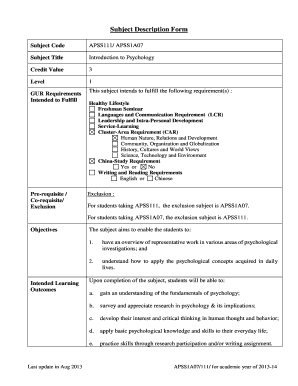
Osseous samples are also examined for a histopathologic exam to visualize bone cell death, acute or chronic inflammation, and reparative response. Pathogen identification is used to guide definitive (narrowed) antimicrobial therapy. Osseous samples are collected for microbiologic exam to identify a causative pathogen. There are obvious benefits to obtaining a bone sample. Obtaining a bone sample is historically the gold standard for diagnosis, but it does come with challenges to its legitimacy.

Advanced imaging with MRI is best for diagnosing osteomyelitis because of its ability to display anatomical detail and it has a high sensitivity for detecting early infection. Having exposed trabecular bone indicates that the cortex has been compromised. The Creative Commons Public Domain Dedication waiver ( ) applies to the data made available in this article, unless otherwise stated in a credit line to the data.ĭiagnosing DFO is difficult, but consensus indicates diagnosis can be determined by three methods: visualizing exposed trabecular bone within an ulcer, magnetic resonance imaging (MRI), or biopsy of bone for microbiology and/or histopathology. If material is not included in the article's Creative Commons licence and your intended use is not permitted by statutory regulation or exceeds the permitted use, you will need to obtain permission directly from the copyright holder. The images or other third party material in this article are included in the article's Creative Commons licence, unless indicated otherwise in a credit line to the material. Open AccessThis article is licensed under a Creative Commons Attribution 4.0 International License, which permits use, sharing, adaptation, distribution and reproduction in any medium or format, as long as you give appropriate credit to the original author(s) and the source, provide a link to the Creative Commons licence, and indicate if changes were made.


 0 kommentar(er)
0 kommentar(er)
